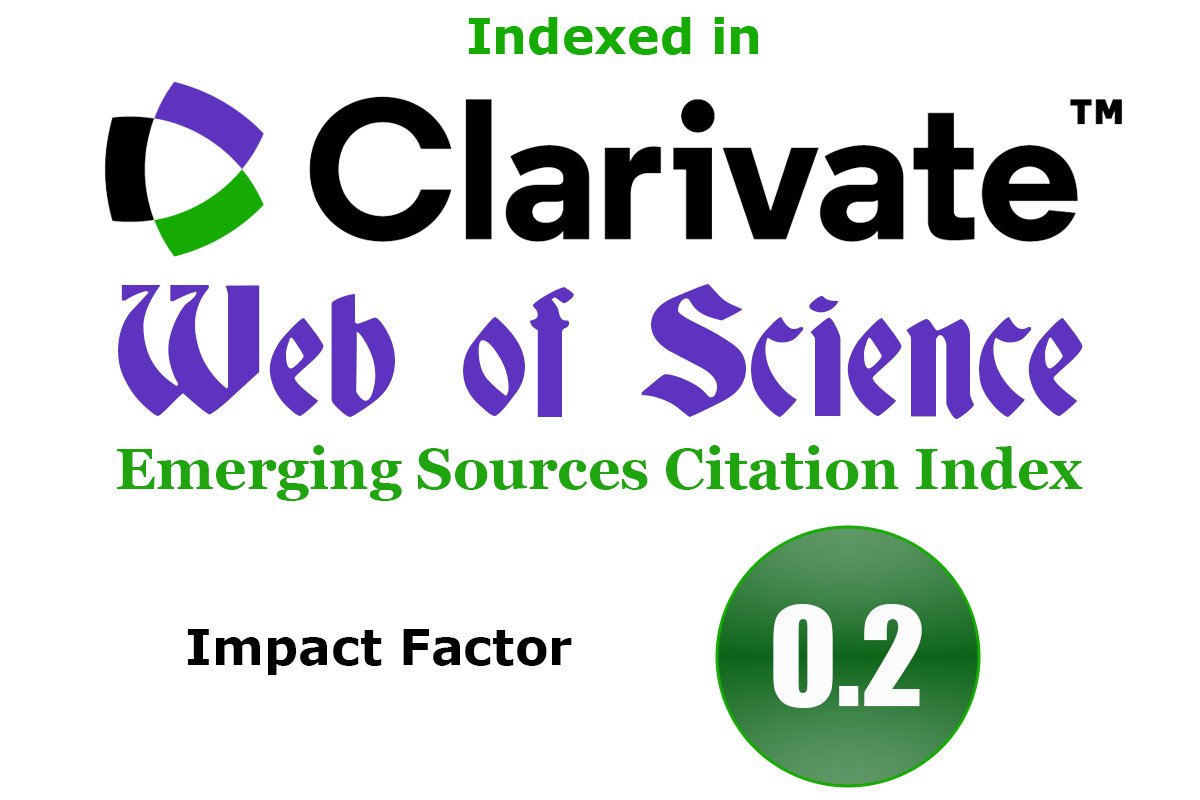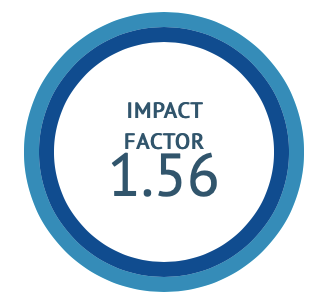Effect of aqueous extract of Neem (Azadirachta indica a. Juss) patra pichu in Karnini Yoni Vyapada (Cervical erosion) – A randomised controlled clinical trial
DOI:
https://doi.org/10.47552/ijam.v16i3.6439Keywords:
Karnini Yoni Vyapada, Cervical erosion, Azadirachta indica A. JUSS, Neem, Patra Pichu, Ayurveda, Randomized clinical trialAbstract
Background: Karnini Yoni Vyapada, correlated with cervical erosion in modern gynecology, presents with symptoms such as excessive vaginal discharge, inflammation, and cervical ectopy. Neem (Azadirachta indica A. JUSS) is known in Ayurveda for its antimicrobial, anti-inflammatory and wound-healing properties. Objective: To evaluate the clinical efficacy of using aqueous Neem leaf extract pichu in Karnini Yoni Vyapada. Materials and Methods: A randomized controlled clinical trial was conducted on 120 women (aged 18–50) diagnosed with Karnini Yoni Vyapada. Participants were divided into two groups (n=60). Group - A received pichu (tampon) soaked in fresh aqueous Neem extract for 7 days after menstruation, over three consecutive cycles. Group - B (control) received standard local Ayurvedic treatment Yonidhavana with Triphala kashaya followed by Jatyadi taila pichu. Clinical symptoms (discharge, itching, and backache) cervical findings were monitored, along with pre- and post-treatment pap smears. Observations and Results: Group – A showed statistically significant improvement (p<0.01) in symptoms and cervical healing compared to the Group – B (control group) with notable reductions in discharge, inflammation and cervical erosion. No adverse effects were observed. Conclusion: Neem based Patra Pichu is a safe, effective, and accessible Ayurvedic intervention for managing Karnini yoni vyapada. Its promising results warrant further validation through larger, multicentre trials with long-term follow-up for broader clinical integration.
Downloads
Published
How to Cite
Issue
Section
License
Copyright (c) 2025 International Journal of Ayurvedic Medicine

This work is licensed under a Creative Commons Attribution-NonCommercial-ShareAlike 4.0 International License.
The author hereby transfers, assigns, or conveys all copyright ownership to the International Journal of Ayurvedic Medicine (IJAM). By this transfer, the article becomes the property of the IJAM and may not be published elsewhere without written permission from the IJAM.
This transfer of copyright also implies transfer of rights for printed, electronic, microfilm, and facsimile publication. No royalty or other monetary compensation will be received for transferring the copyright of the article to the IJAM.
The IJAM, in turn, grants each author the right to republish the article in any book for which he or she is the author or editor, without paying royalties to the IJAM, subject to the express conditions that (a) the author notify IJAM in advance in writing of this republication and (b) a credit line attributes the original publication to IJAM.




